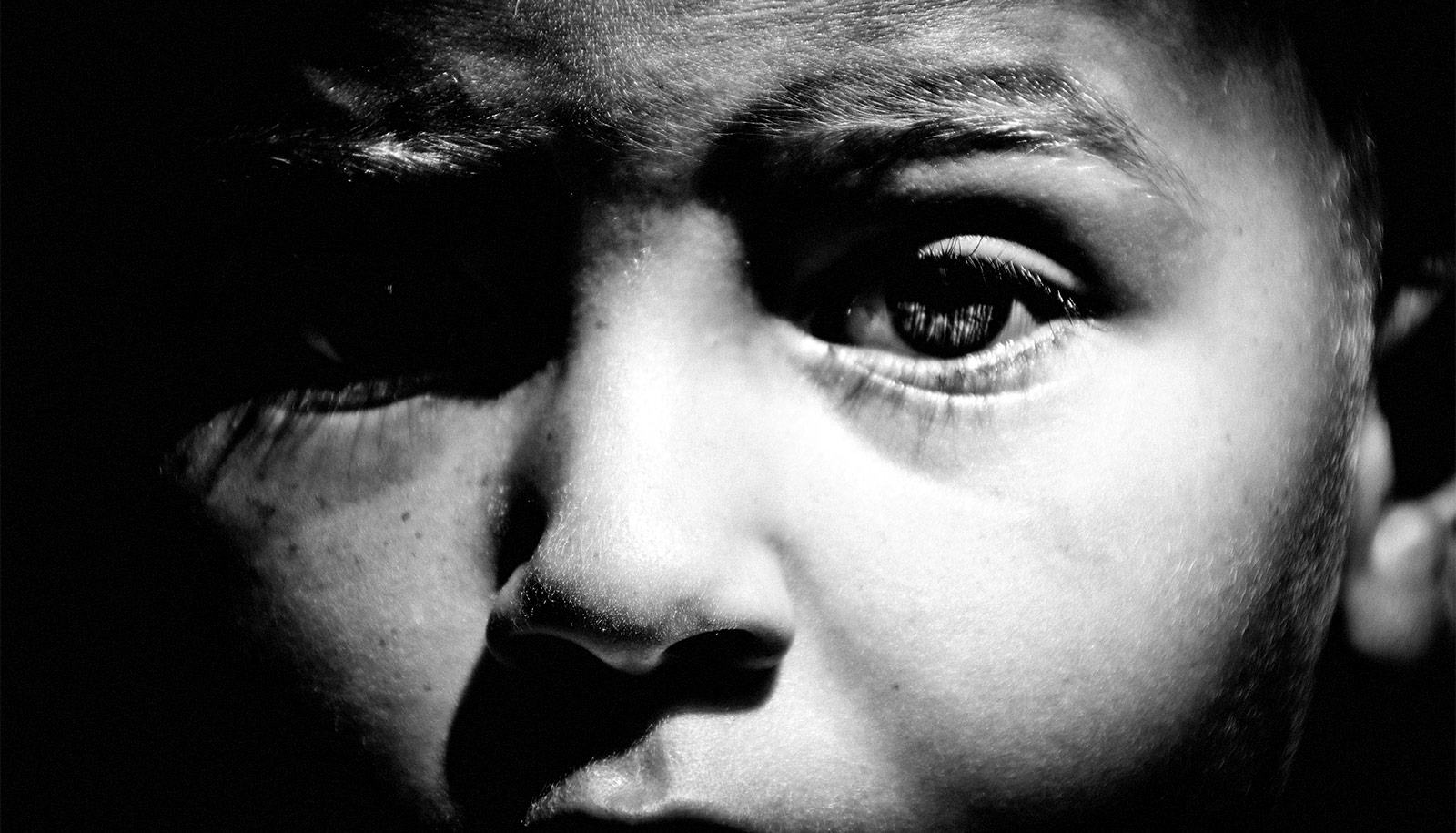New research has found a strong link between higher stress in children and adverse health conditions for them later in life.
In an article in the journal PNAS, the study used measurable metrics of health over time to create a more quantitative view of how stress early in life affects health.
“We’ve had an idea for a long time, since the ’80s at least, that when children have adversity in their lives, it affects how their bodies work, not just psychologically, but also physiologically. It gets underneath the skin, and it becomes embodied in the way your body handles stress,” says coauthor Herman Pontzer, principal investigator with the Pontzer Lab and professor in the evolutionary anthropology department at Duke University
The researchers focused on allostatic load (AL), which refers to the “wear and tear” on the body because of chronic stress. The researchers “tested associations between childhood AL and adult cardiometabolic health,” relying on biomarkers that included antibodies of C-reactive protein, which is a marker of inflammation in the body; and the Epstein-Barr virus, which is common and highly contagious; body mass index; and blood pressure.
Analysis by lead author Elena Hinz, a PhD student in the Pontzer Lab at Duke, showed that a child’s stress levels, as young as 9 to 11 years old, is an indicator of their cardio and metabolic health in adulthood.
Usually, researchers ask adults to remember their stress. Hinz and her fellow researchers used a big study that collected quantitative—not just qualitative—samples over time.
The paper’s authors reviewed data from the Great Smoky Mountains Study (GSMS), a longitudinal study of child psychiatric disorders that began in 1992—and continues today—to determine the need for mental health services.
Hinz, who grew up in a rural community in East Tennessee, says her own coming-of-age experiences spurred her interest in childhood stress.
“I’m from the rural South and kind of have this idea of what stress looks like in that environment, in terms of childhood adversity and dietary stress and the physical environment that kids are in,” says Hinz.
Hinz says humans combat acute stress through a “flight or fight” response: “Your body collectively reacts by increasing your heart rate and blood pressure when you are experiencing a stressful situation,” she explains. “Those and other responses help you deal with that stress, but it’s not good to always be in that state. I’m interested in what happens when that doesn’t really subside.”
Poverty is at the crux of the study, which indicates a stable, financially secure home is essential for a healthy childhood free of chronic stress.
“Children who are 8, 9, and 10 years old—what’s happening to them seems to be predictive of blood pressure,” Pontzer says about early life stress.
“What helps is education and job training and all of the stuff that gets communities out of poverty. That gets people the help they need when they need it, as opposed to health care cost barriers,” says Pontzer.
“Making sure that a kid knows there’s going to be dinner and food on the table because that psychological stress isn’t just psychological,” says Pontzer. “It gets into the way your body works.”
Support for this study came from the National Institute of Mental Health, the National Institute on Drug Abuse, NARSAD (Early Career Award to First Author), the William T. Grant Foundation, and the Economic and Social Research Council in the United Kingdom.
Source: Duke University



